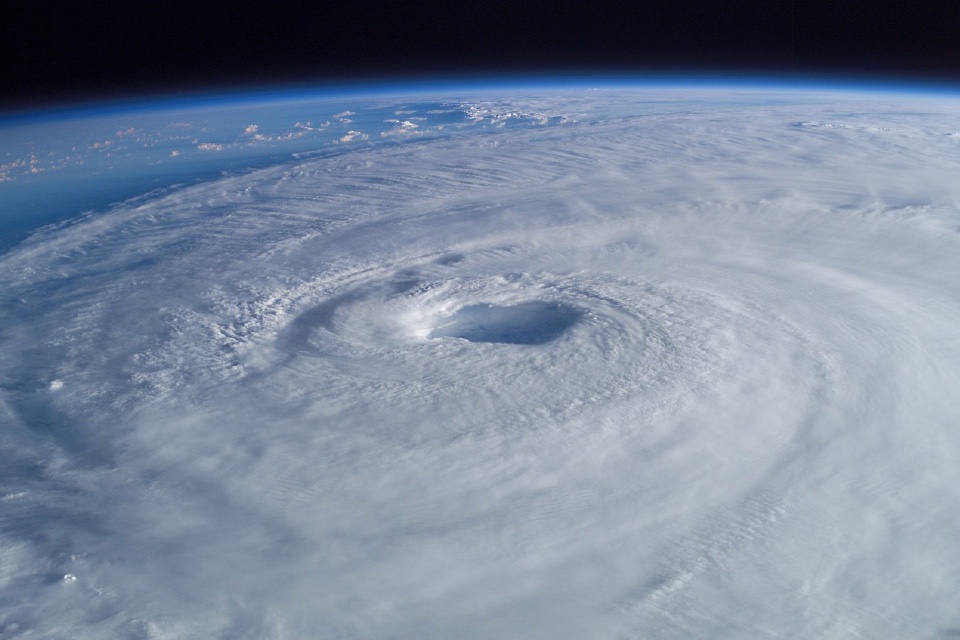Hurricane Ian and other extreme weather events such as the winter storms in Europe, flooding in Australia and South Africa as well as hailstorms in France and in the US resulted in an estimated $115 billion of natural catastrophe insured losses in 2022, according to Swiss Re Institute.
2022 is the second consecutive year in which the estimated insured losses total more than $100 billion, continuing the trend of a 5–7% average annual increase over the past decade. The re/insurance industry covered roughly 45% of the economic losses this year, indicating a large protection gap across the world.
Thierry Léger, Group Chief Underwriting Officer, said: “2022 has been another year of increased natural catastrophe loss activity, and demand for insurance is growing as the protection gap remains vast. To enable the insurance industry to keep up with increasing volatility and demand, it will be key to model evolving frequency and severity trends. Pricing needs to reflect the effective risk. In this complex environment, Swiss Re is ready to support clients with our strong balance sheet, risk capacity and expertise.”
Hurricane Ian is this year’s costliest natural catastrophe with estimated preliminary insured losses of USD 50–65 billion. The category 4 hurricane made landfall in western Florida in late September with extreme winds, torrential rain and storm surge. Swiss Re Institute estimates it to be the second-costliest insured loss ever on sigma records after Hurricane Katrina in 2005. This highlights the threat potential of a single hurricane hitting a densely populated coastline, in an otherwise benign hurricane year. Furthermore, in February, a series of winter storms hit Europe and prompted estimated insured losses of USD over 3.7 billion, bringing this key peril back on the insurance industry’s agenda.
The year also confirmed the importance of secondary perils: In February and March, torrential rains led to widespread flooding in Australia that, at currently estimated USD 4 billion, is the country’s costliest-ever natural catastrophe. Next to numerous small to medium-sized hail- and thunderstorms in the US, France experienced the most severe series of hailstorms ever observed, with insured market losses reaching an estimated EUR 5 billion according to Swiss Re Institute.
Martin Bertogg, Head of Catastrophe Perils at Swiss Re, said: “Extreme weather events have led to high insured losses in 2022, underpinning a risk on the rise and unfolding on every continent. Urban development, wealth accumulation in disaster-prone areas, inflation and climate change are key factors at play, turning extreme weather into ever rising natural catastrophe losses. When Hurricane Andrew struck 30 years ago, a USD 20 billion loss event had never occurred before – now there have been seven such hurricanes in just the past six years. At Swiss Re, we are continuously adapting our natural catastrophe models to anticipate trend risks explicitly, enabling us to stay ahead of the curve and provide sustainable cover to our clients – such as with our new hurricane model.”
The insurance industry is managing natural catastrophe risk, building on state-of-the-art simulation-based modelling for many perils. However, the 2022 loss experience, compounded by the previous five years, emphasizes a need to adopt a more forward-looking approach for all perils. Model and data availability need to be upscaled for secondary perils such as flood and hail particularly, as they are on the rise but still receive less industry attention.
Swiss Re continuously updates its proprietary models to embed new insights from science, while also tracking macro risk trends like urbanization, inflation and climate change. For example, flooding from hurricane-induced rainfall is now explicitly modelled based on a forward-looking view of rainfall characteristics rather than long term historic rainfall averages. Furthermore, improved predictive methods were introduced to enable Swiss Re and its clients to better quantify the present-day risks.
Table1: Estimated total economic and insured losses in 2022 and 2021
| USD billion (in 2022 prices) | 2022 | 2021 | Annual change | Previous 10-y average | |
| Economic losses (total) | 268 | 303 | -12% | 219 | |
| Nat cat | 260 | 292 | -11% | 207 | |
| Man-made | 8 | 11 | -27% | 12 | |
| Insured losses (total) | 122 | 130 | -7% | 90 | |
| Nat cat | 115 | 121 | -5% | 81 | |
| Man-made | 7 | 9 | -24% | 10 | |
Note: Preliminary and, due to rounding, some totals may not correspond with the sum of the separate figures. Source: Swiss Re Institute






